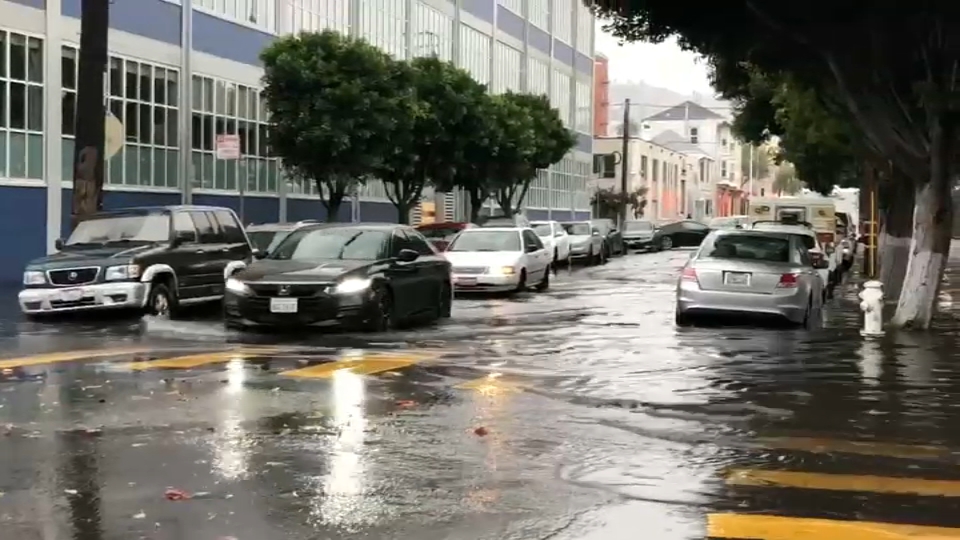


Dressing warm is particularly true if you plan to walk across the Golden Gate Bridge, visit Alcatraz or Angel Island, or explore the city’s diverse and vibrant neighborhoods. How Does Winter Weather Affect Sightseeing in San Francisco?ĭespite the often-chilly daytime temperatures and gusty winds, you can still enjoy many of San Francisco’s outdoor attractions, provided you bundle up and dress in layers. Still, the days are sunnier and longer, with the average day length of 12 hours with 8.7 hours of sunshine. March gets 3.2 inches of rainfall, but intense late-season storms can add to that total. Nighttime lows hover right around 50 degrees with daily high temperatures topping off in the low 60s, but strong afternoon breezes can make it feel cooler. March: Winter loosens its grip in March as warm weather gradually returns and rainfall lessens. The average length of the day is 10.8 hours, with 7.4 hours of sunshine. Like January, it rains for 11 days with average accumulations of 3.6 inches. The length of the average day in January is 9.9 hours with 6 hours of sunshine, slightly better than December.įebruary: Weather begins to improve in February, where average daytime highs are 60.3 degrees, with nighttime lows in the high 40s. With average daytime temps of 53 degrees and 42 degrees at night, it’s also the city’s coldest month. January: San Francisco’s wettest month, January, sees an average of 11 days of rain that delivers 4.9 inches of rainfall. December also has the area’s shortest days and the least amount of sunshine, with an average of 9 hours of sunlight per day and 5.2 hours of sunshine. On average, rain falls for 11 days in December with 3.8 inches of accumulation. Average highs are a mild 57 degrees, while nighttime lows can dip into the mid-40s. Let’s check out a month by month breakdown:ĭecember: Here’s when San Francisco winter conditions gradually kick in. While similar, each winter month has its own nuances. During these periods, high pressure dominates, and the atmosphere becomes stable and dry. Long periods of dry, sunny weather and light winds can be followed by weeks of tempestuous weather with short breaks between storms.Īlthough the strongest winds occur during the winter months, there are often long periods of tranquil weather when storms shift to the north, often for weeks on end. Winter weather in San Francisco can be highly fickle. Breaking Down San Francisco’s Winter Months Let’s take an in-depth look into San Francisco winter’s nuances and how travelers can prepare for and even enjoy it. While winter storms can bring heavy rains, it rarely gets cold enough to snow.Ĭompared to other winter-intensive cities like Denver, Chicago, and Montreal that endure months of harsh, snowy conditions, San Francisco’s relatively mild weather offers travelers a much more pleasant winter travel experience. Nighttime temperatures can dip into the low 40s but seldom drop below freezing. Temperatures usually peak in the low-to-mid-50s, and days can either be brilliantly sunny or relentlessly gloomy. San Francisco’s winter can be wet, chilly, and windy. Let’s take a look at what winter is like in San Francisco. Unfortunately, these misguided assumptions often determine how people prepare and pack for their trip, which is a big mistake. Perhaps the biggest assumption made by first-time visitors to San Francisco is that it shares the same warm winter climates as Southern California cities like Los Angeles and San Diego.


 0 kommentar(er)
0 kommentar(er)
